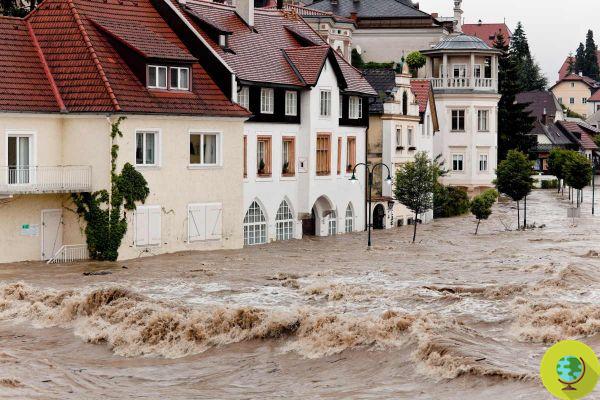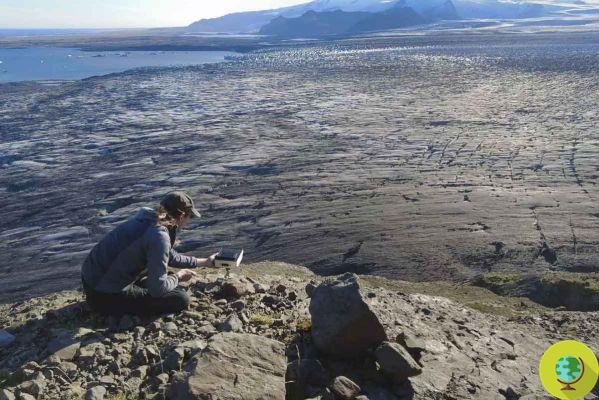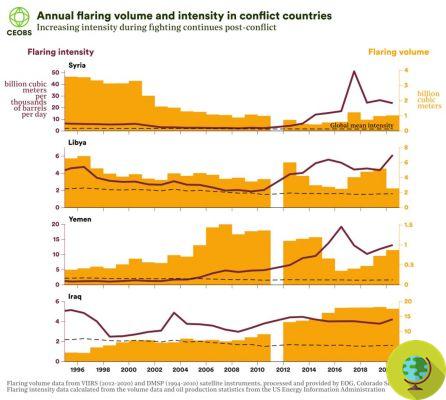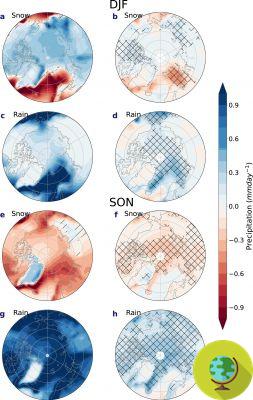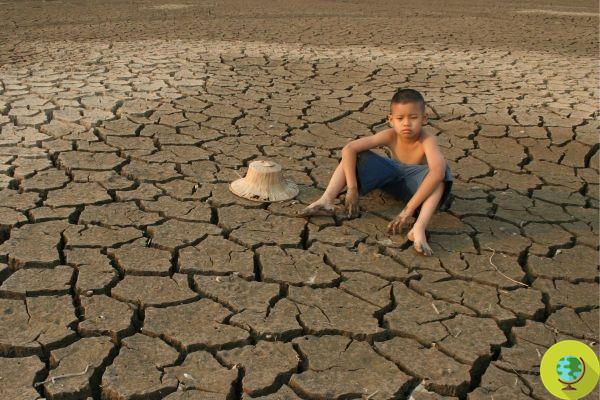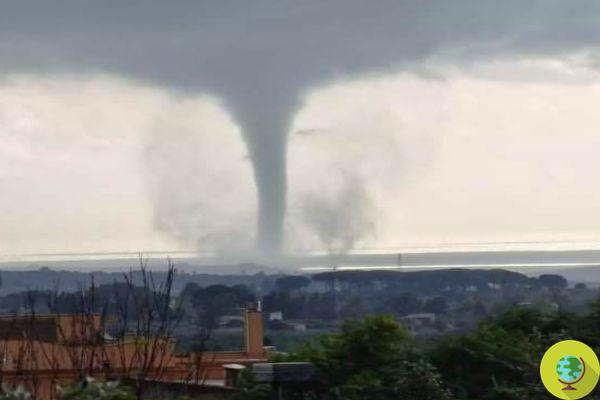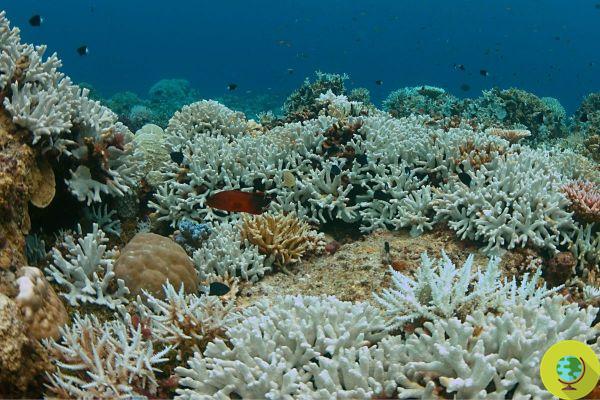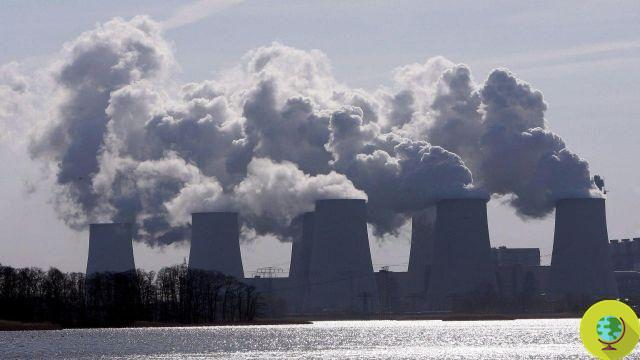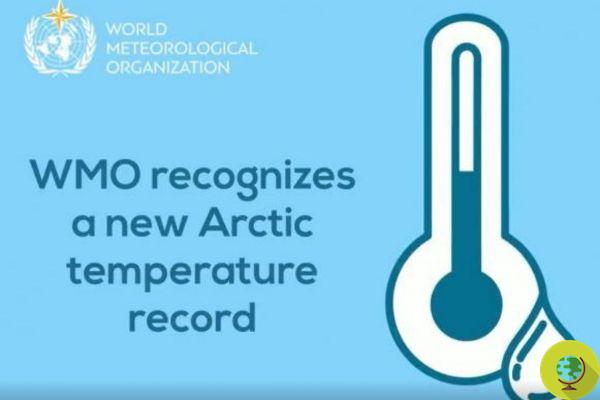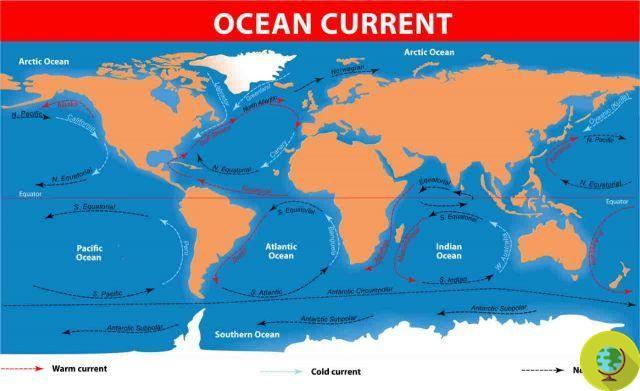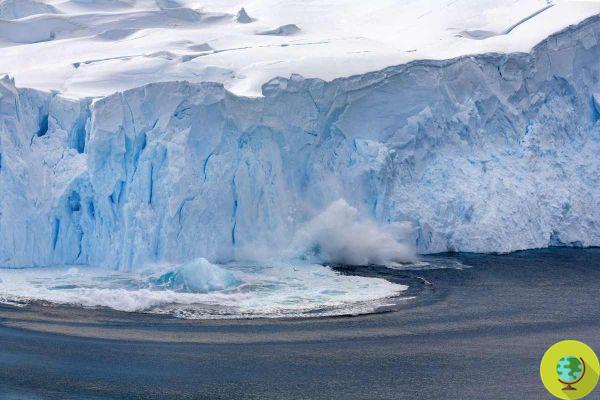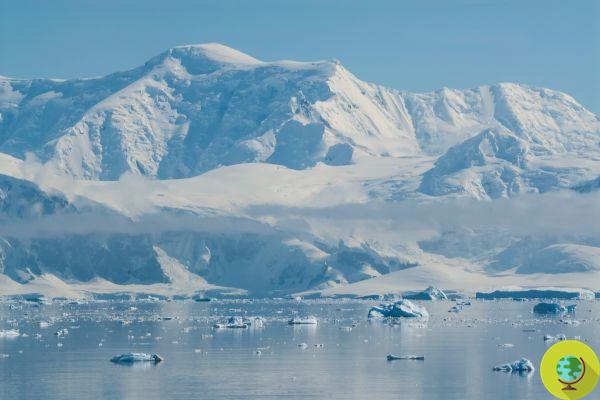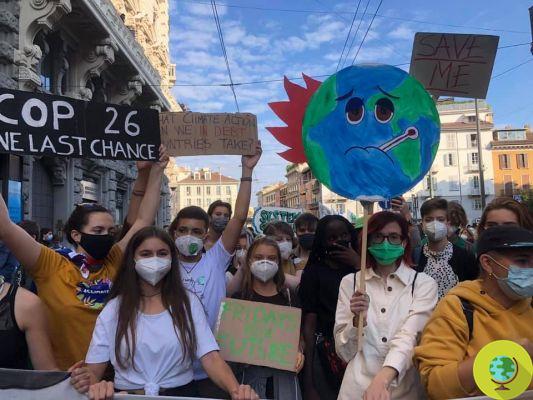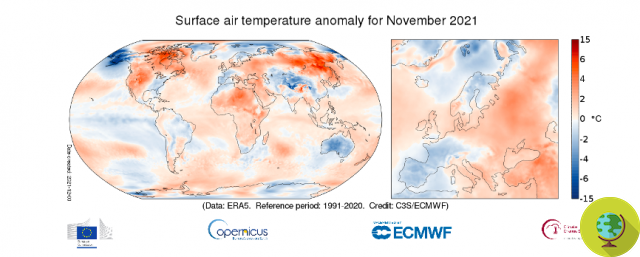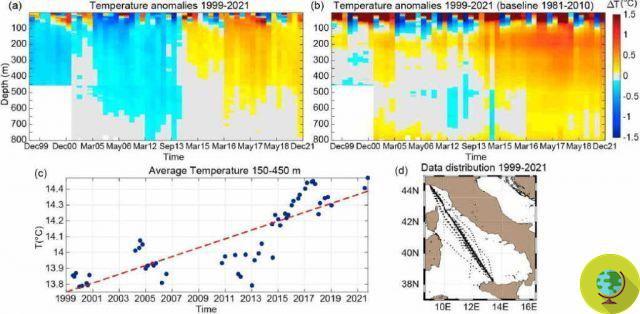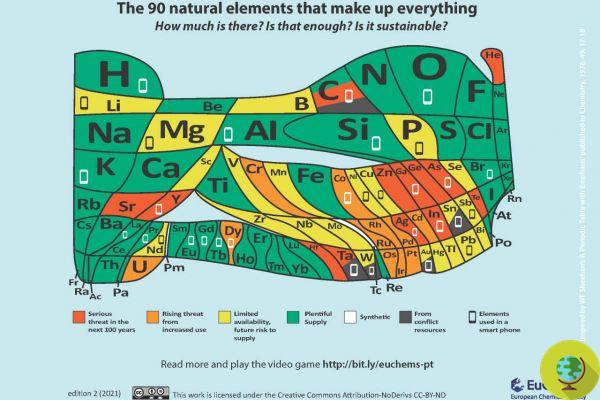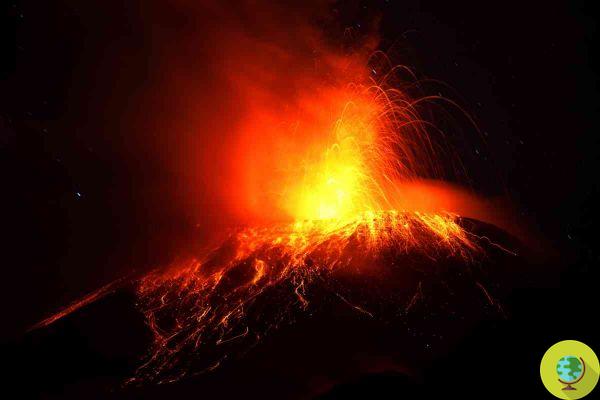
NASA raises the alarm about eruptions of basaltic lava that could heat our climate, to the point of destroying the ozone layer, contrary to what previously stated by the same scientists who claimed that such eruptions could have cooled the planet
He is about to end up run over, his mother saves him
The gigantic eruptions of basaltic lava or alluvial basalt they are observed with particular attention by geologists and scientists around the world as these destructive events can occur in conjunction with mass extinctions or the impacts of dangerous asteroids.
(Read also: Every 27 million years the Earth is hit by a mass extinction)
On the study of the phenomenon, however, NASA takes a step back from what, with its previous climate simulations, it had declared back in 2015, stating that the alluvial basalt eruptions would have caused a cooling of the earth's surface.
That eruptions of this type significantly alter our climate is more than obvious also because we are not talking about events like those of the volcanic eruption of Tonga, but about something with a higher power that persists for years and years.
Some NASA experts have in fact simulated, using the Goddard Earth Observing System Chemistry-Climate Model of the US space agency, a four-year phase of the Columbia River Basalt eruption, verified between 15 million and 17 million years ago. in the Pacific Northwest of the United States, discovering that after an initial period of global cooling that lasted two years, there was one of intense warming that persisted for about 15 years.
This heating is caused by the huge amount of sulfur dioxide emitted by the eruption which, as Scott Guzewich of NASA's Goddard Space Flight Center explains, are converted into solid sulfate aerosols:
these aerosols reflect visible sunlight, which causes the initial cooling effect, but also absorb infrared radiation that heats the atmosphere high up in the upper troposphere and lower stratosphere. The warming of this region of the atmosphere allows water vapor (which is normally confined near the surface) to mix in the stratosphere. We see a 10.000% increase in stratospheric water vapor. Water vapor is a very effective greenhouse gas and emits infrared radiation which heats the planet's surface.
One of the dramatic consequences would be the destruction of the ozonosphere, the layer of the earth's atmosphere with a higher concentration of nitrogen, a gas that protects us from the sun's ultraviolet radiation.
The NASA simulation predicts that these devastating events could lead to a "depletion of the oceans" in the future, suggesting that the eruptions of basaltic lava on Mars and Venus would have caused such a warming with a significant loss of water on the two planets. (Read also: Venus was habitable, had liquid water and looked a lot like Earth)
Fonte:Geophysical Research Letters / NASA
Follow us on Telegram | Instagram | Facebook | TikTok | Youtube
Read also:
- The "bar code" of the climate crisis is no longer enough: higher and higher temperatures, more shades of color are needed
- Mars as we have never seen it before: the extraordinary color photos of the Red Planet sent by Ingenuity




